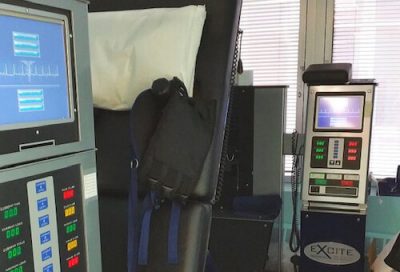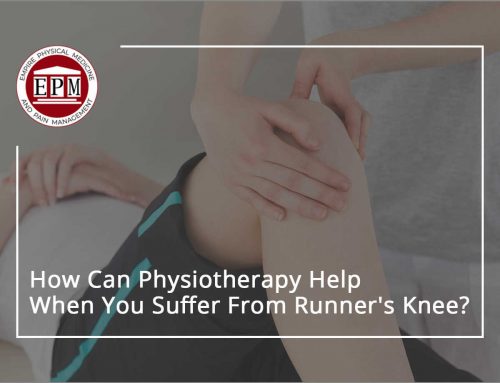 Opioids are scourge of America
Opioids are scourge of America
Physical Therapy can stem tide of drugs and/or expensive surgeries.
Maintaining post-PT regimen is vital.
Over the past couple of decades, opioid abuse has become a very big problem in the United States. People become addicted and are willing to do many things, including breaking the law, to get what they need. It can be a very difficult thing to break clear and lives often wind up ruined and families devastated in the wake of the events. Besides, opioids can be and often are detrimental to your health.
These situations often start off fairly innocently – someone may get injured and their doctor or hospital worker might prescribe a strong painkiller. These can work in the short term, but the medication can create feelings that the patients can find themselves craving over and over. This can lead to both physical and psychological addiction.
Is there anything that can be done, aside from the physicians and hospitals limiting what sort of medication they prescribe? There is one thing that does get results in that area, and it’s often part of a patient’s rehab routine anyway – physical therapy.
Physical Therapists Know Pain
A physical therapist (PT) knows what may cause your pain, since they are thoroughly familiar with the functions of the human body. Their knowledge includes what each part does to interact with each other and how the movement of one may cause pain in the other and how to strengthen the part that hurts so that it can regain its range of motion and move freely. A general doctor won’t have this extensive insight and may be quicker to recommend surgery whereas the PT might consider that as a last resort.
An Exercise Routine Can Help
Physical therapists will work with patients by having them do exercises for the problem area – in this case, the lower back. Here are some of them, but anyone attempting them should be cleared first by a PT.
- Supermans – Lying on their stomach, one raises their arms straight up and lifts their legs like they are to fly. This strengthens back tenor.
- Lower tummy strengthening – The lower part of the abdominal muscles are just as important. Lying on one’s back, they bend a leg toward their stomach and alternate.
- Bridge – This helps the gluteus max, which is very important for stabilizing the back. Lying on their back, one raises their buttocks in the air until it lines up with their back. They hold this for 30 seconds and do 3 sets of 15.
- Bird Dog – One gets on their knees and gets in a pose like a standing dog. They then raise one arm while extending the opposite leg out. It can help a wide variety of muscles and improve balance.
- Pelvic Tilt – This helps people with tight back muscles by loosening them up. All one does is lie on the ground on their back and lift up their pelvis and hold it for five seconds and build up to doing it 30 times.
This is only a small sample of the exercises that can be done for the lower back. A physical therapist will have a lot more suggestions for improving both the strength and mobility of that body part.
One should avoid exercises like toe touches, sit-ups, and traditional leg lifts – though lying leg raises are recommended. All those can put pressure on the lower back and wind up aggravating the situation instead of improving things.
Other Factors
Sometimes, even with physical therapy, the patients wind up having to go to the hospital – though the reasons tend to be extenuating, like obesity or diabetes. Excess weight can often cause lower back pain.
Opioids are a big issue, but that’s not the only thing on the patient’s minds – they may have been recommended for surgery, and the effectiveness is nowhere near what they may wind up paying for it. Even with multiple procedures, they may not regain the mobility that they once had in the past. Physical therapy may also help them from having to pay a lot of money for uncertain results.
While physical therapy may not be able to solve everything – especially since things like insurance and out-of-pocket costs can cut the amount of time spent together, an at-home program might be an option, since the patient will be able to keep up the regimen. Since almost all of the exercises for the lower back don’t require any equipment save for perhaps a mat to lie down on, it won’t hurt the patient’s finances.
Dr. Steven Moalemi is one of the foremost experts in the field of physiatry and pain management. He and his staff at Empire are very well-versed in the ways of being able to alleviate such issues as lower-back problems and can help patients regulate, if not sometimes even outright resolve, their issues in that area without having to use prescription painkillers or possibly go for surgery.
Published By:
Empire Physical Medicine & Pain Management
7 W 45th St floor 9,
New York, NY 10036
Phone: (646) 665-7109
Website: https://manhattanpainrelief.com





